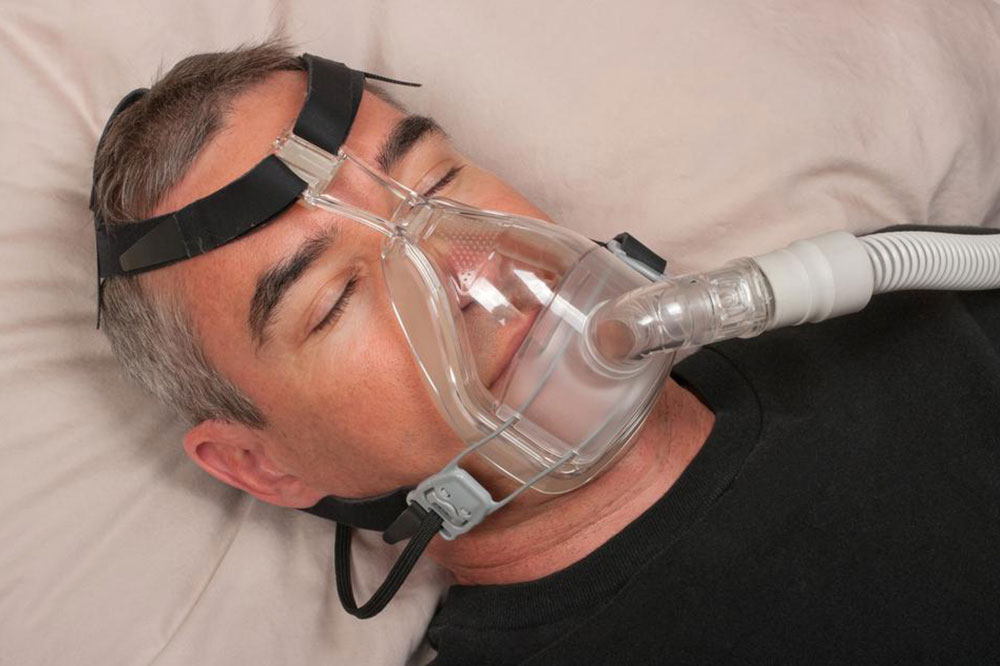
Sleep Apnea: Symptoms and Treatment Options
Sleep apnea refers to a disorder characterized by abrupt starting and stopping of breathing during the night. It is caused by a signaling issue in the brain or a blocked airway. If left untreated, sleep apnea can lead to insomnia, depression, lack of focus while driving, working, etc. This article gives a summary of the signs and treatment options of sleep apnea to make it easier to identify this condition and check further options.
Signs Of Sleep Apnea
It is necessary to identify the signs and treatment options for sleep apnea to detect the condition and make correct choices. Some signs of this condition include:
- Excessive snoring
- Fatigue
- Sleepiness during the day
- Impairment of cognitive ability, leading to a lack of focus, forgetfulness, etc.
- Frequent changes in mood leading to depression or anxiety
- Dry mouth or sore throat in the mornings
- Insomnia or restless sleep
- Suddenly awakening from sleep, gasping or choking
- Frequent urination during the night
- Irritability
- Heartburn
- Decreased libido and sexual dysfunction
Treatment For Sleep Apnea
After checking the signs and treatment options of sleep apnea, the doctor can tell which treatment is better for a person, depending on the severity of the condition. For milder cases of sleep apnea, lifestyle changes might be sufficient, while moderate to severe cases need treatments like:
Continuous Positive Airway Pressure (CPAP)
This therapy requires the use of CPAP masks to deliver air pressure while one sleeps. Doing so helps keep the airways of the lungs open, preventing snoring and other symptoms of sleep apnea. CPAP is one of the most reliable methods of treating this condition. However, some people might find it difficult to sleep after wearing the mask. But by adjusting the straps on the mask or choosing the right fit, this problem can be solved. If CPAP therapy does not reduce snoring, then it might be necessary to change the air pressure settings. Moisture can also be added to the air for more relief.
Oral Appliances
After recognizing the signs and treatment options of sleep apnea, the doctor can prescribe either CPAP or other oral appliances, depending on each case. One such device is the mandibular repositioning device (MRD) that holds the jaw forward while the person sleeps in order to increase the space behind the tongue. By doing so, this custom-made device helps open the airway and throat, preventing the symptoms of sleep apnea. However, prolonged use of these oral appliances might result in jaw pain, tooth pain, and other side effects.
Surgery
In severe cases, surgery might be the last resort to treat sleep apnea. Doctors usually recommend trying other forms of therapy for at least three months before undergoing surgical treatments. Surgery can involve removing tissues from the top of the mouth, adenoids, and tonsils to prevent blockage of airways. There are other forms of surgery too. One of them, called maxillomandibular advancement, repositions the jaw to increase the space between the soft palate and the tongue, making it easier to breathe. Nerve stimulation that trains the tongue to stay in a position that allows for maximum airflow is also an option.



